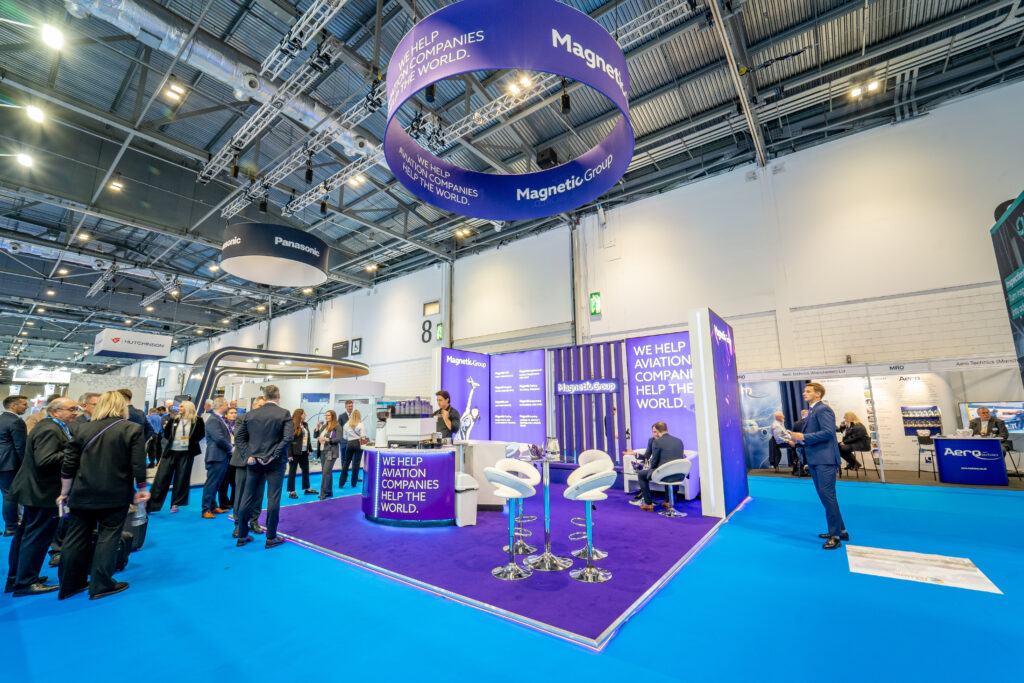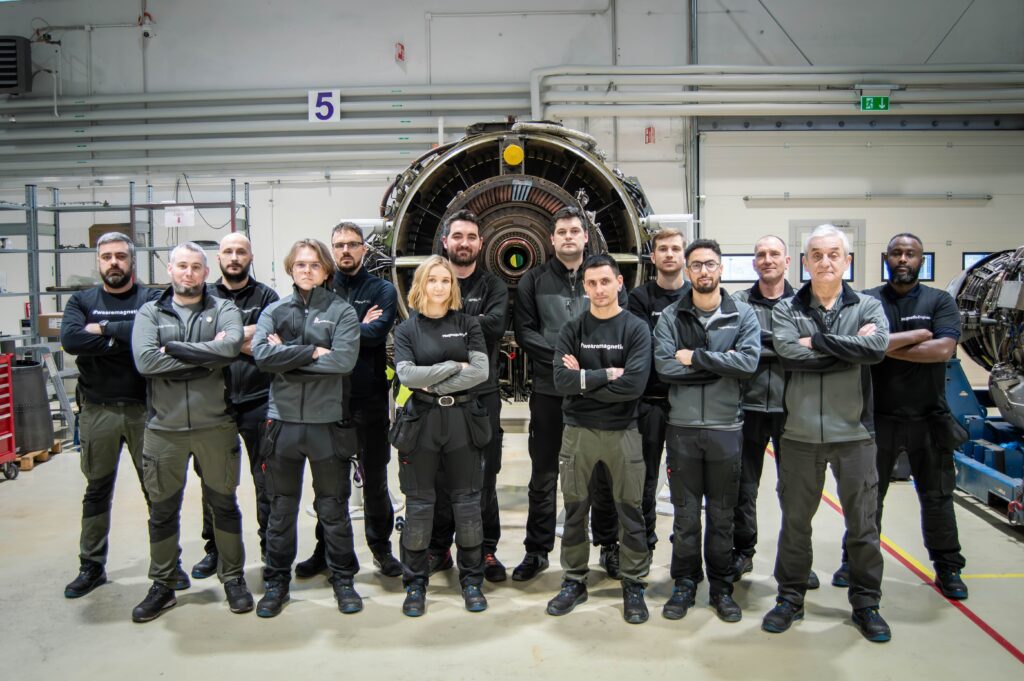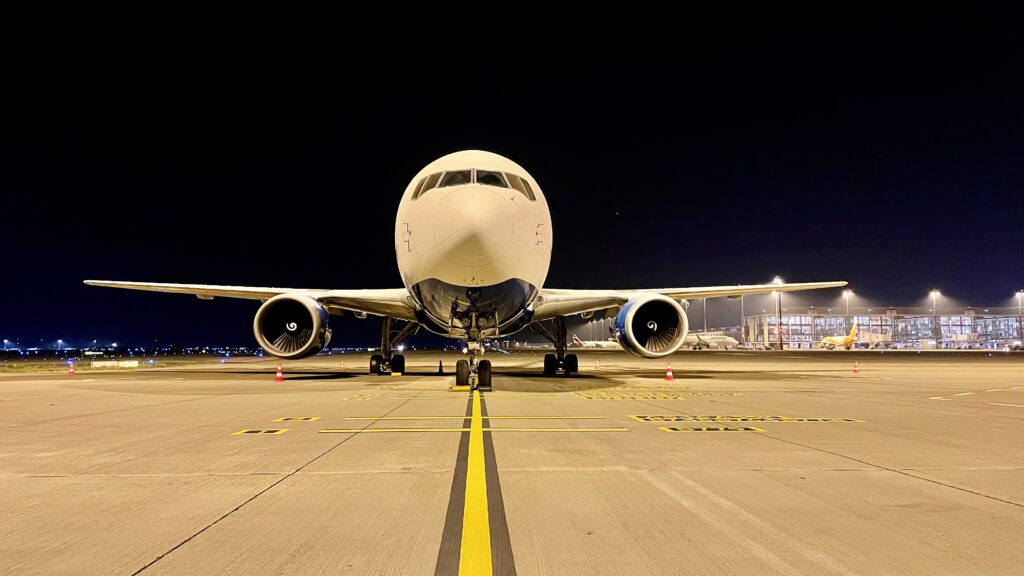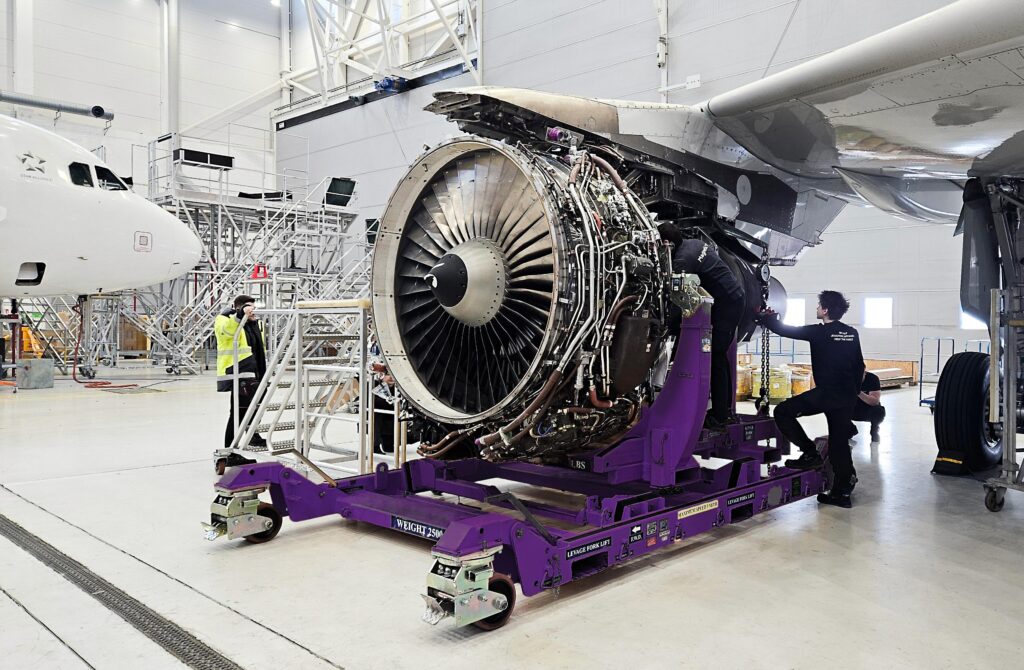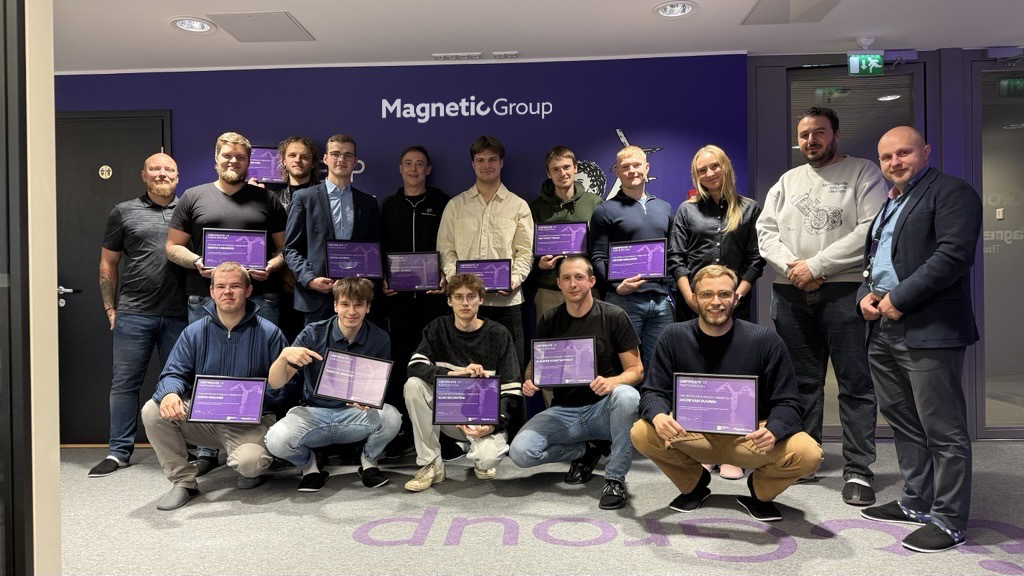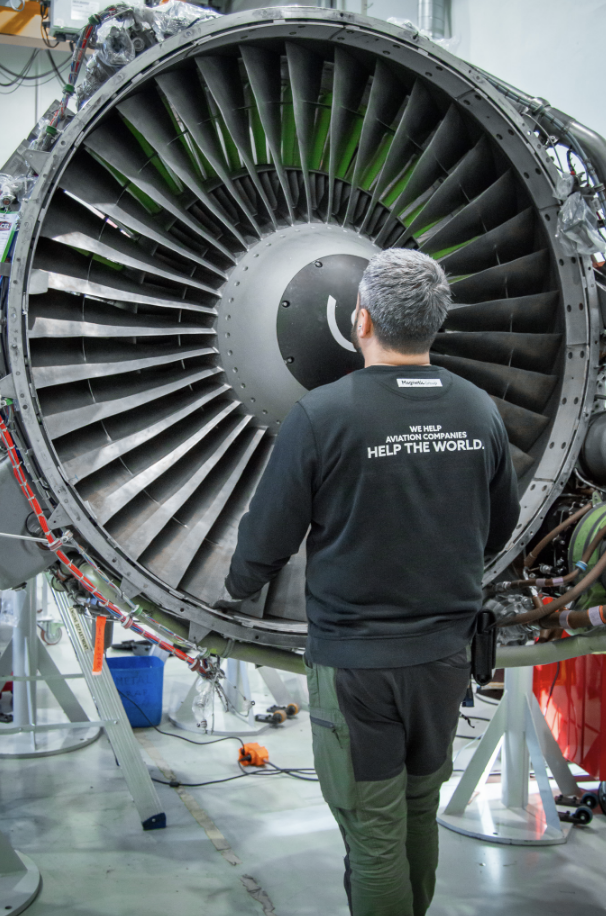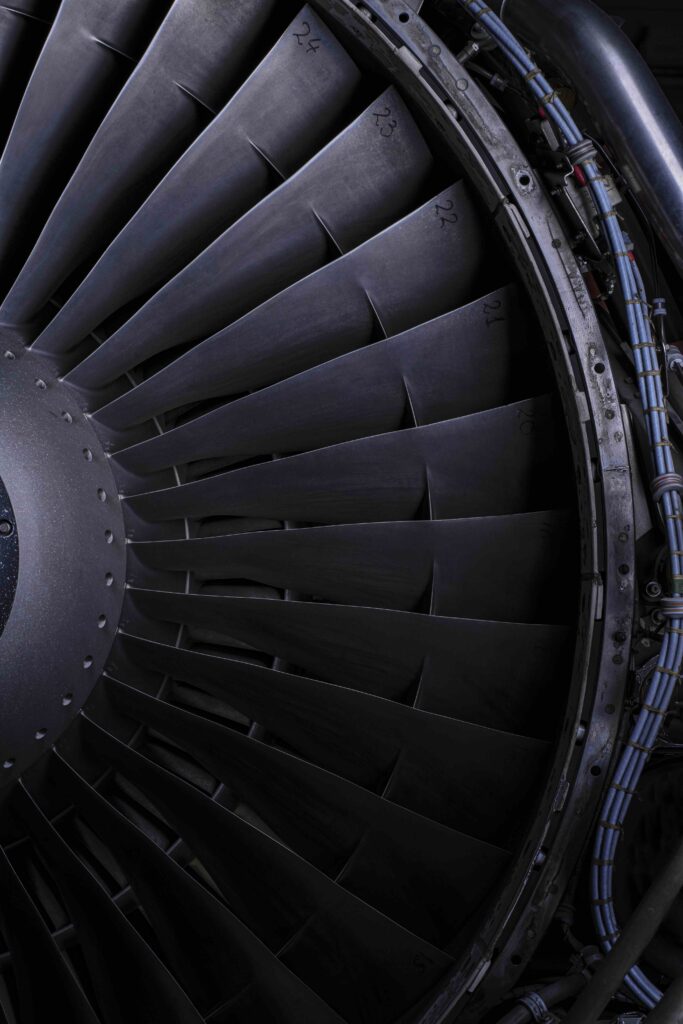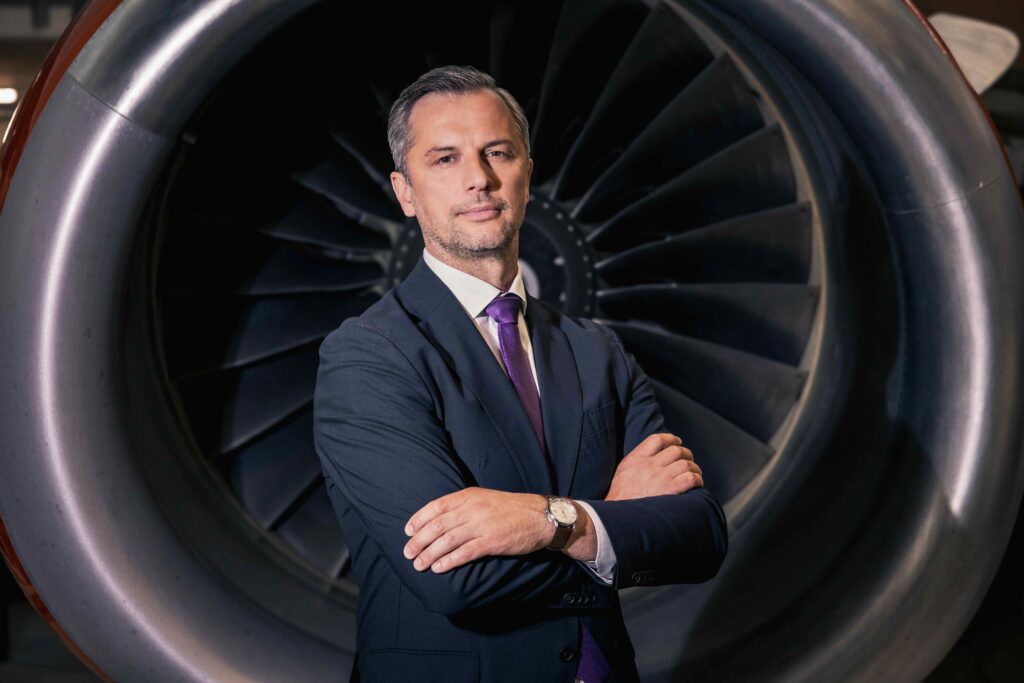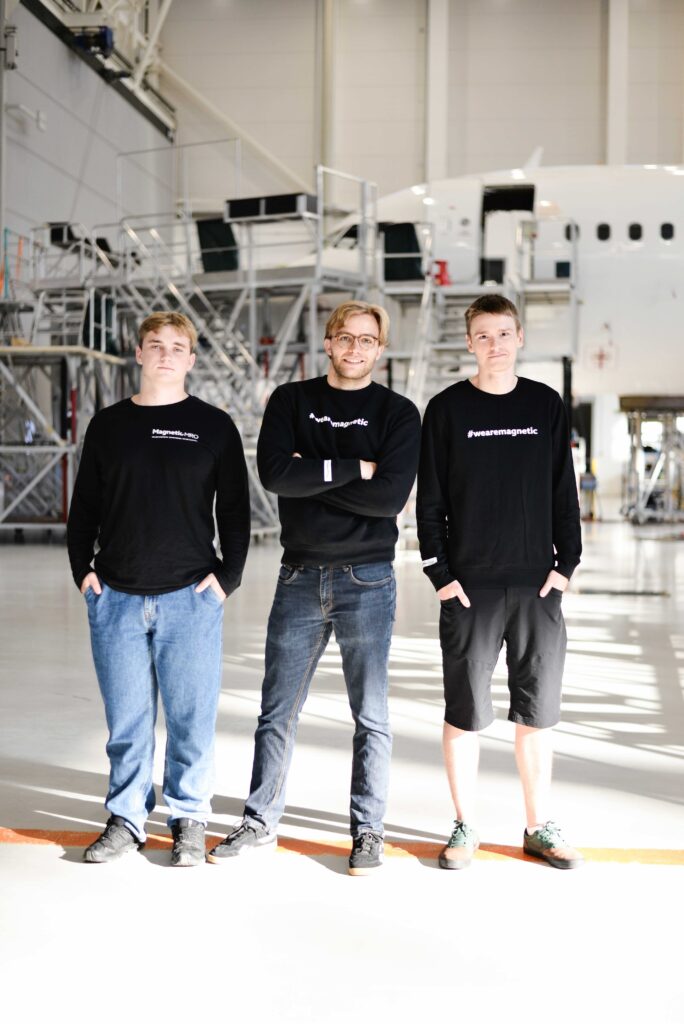From CFM56 to LEAP: Navigating the Turbulent Shift to Next-Generation Aircraft Engines
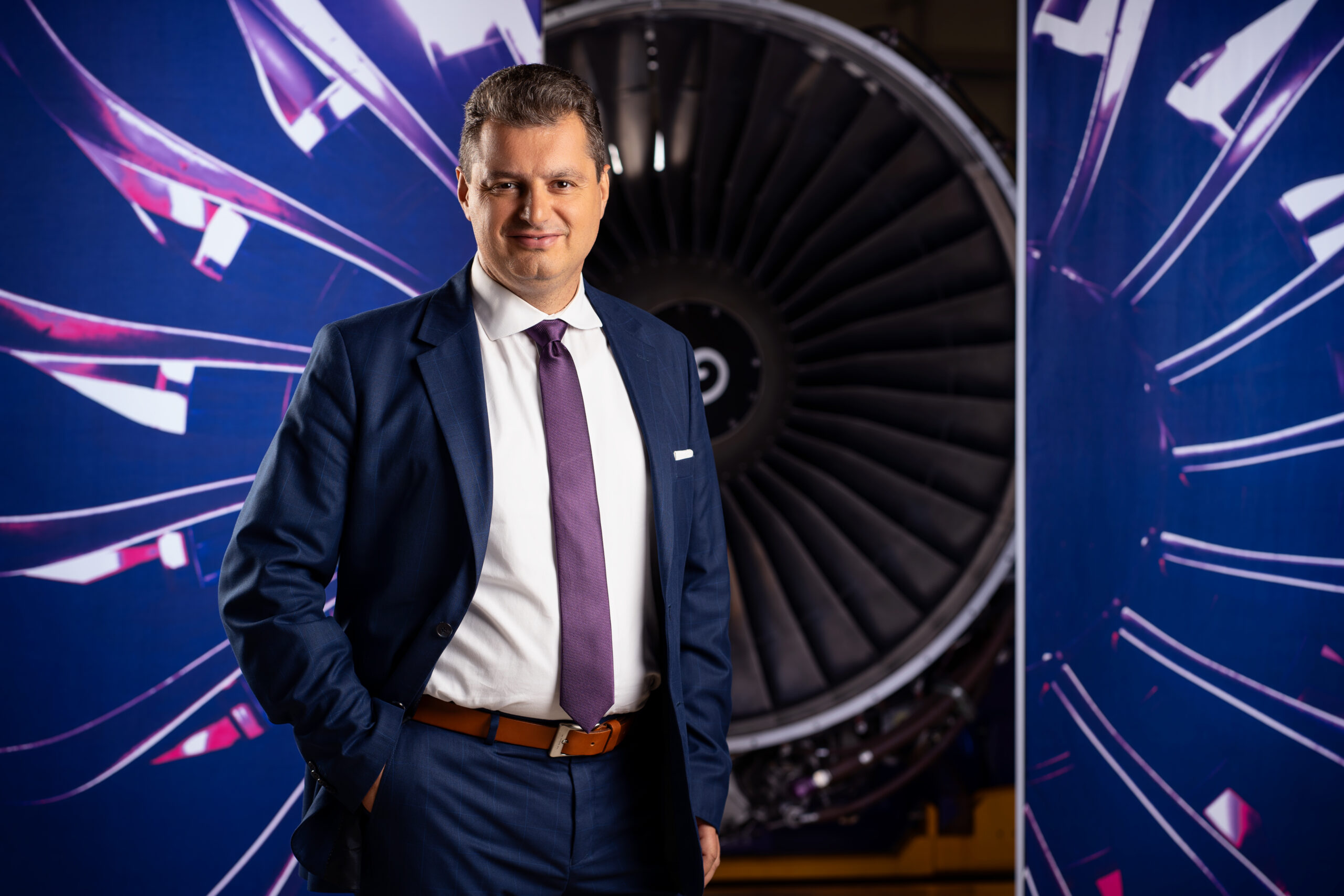
Filip Stanisic, Managing Director of Magnetic Engines
The global aviation industry is navigating a complex transition as next-generation aircraft engines like the CFM LEAP and Pratt & Whitney GTF gradually replace legacy models such as the CFM56 and V2500.
This shift, driven by demands for fuel efficiency and lower emissions, has created a "perfect storm" of challenges- from supply chain bottlenecks to workforce shortages- reshaping maintenance, repair, and overhaul (MRO) dynamics. Stakeholders face turbulence and opportunity with the aircraft engine market projected to grow from $53.48 billion in 2024 to $63.04 billion by 2029 at a 3.4% CAGR.
The New-Generation Engine Divide
The narrow-body fleet transition is split between Boeing 737 MAX (40%) powered by LEAP-1B engines and Airbus A320neo (60%) using LEAP-1A and Pratt & Whitney GTF engines. However, both face hurdles:
- 737 MAX: Production delays due to airframe issues have limited deliveries.
- A320neo: Nearly one third of its GTF-powered fleet remains grounded over durability concerns.
- These setbacks mean only ~75% of expected new-generation aircraft are operational, forcing airlines to extend the service lives of older fleets.
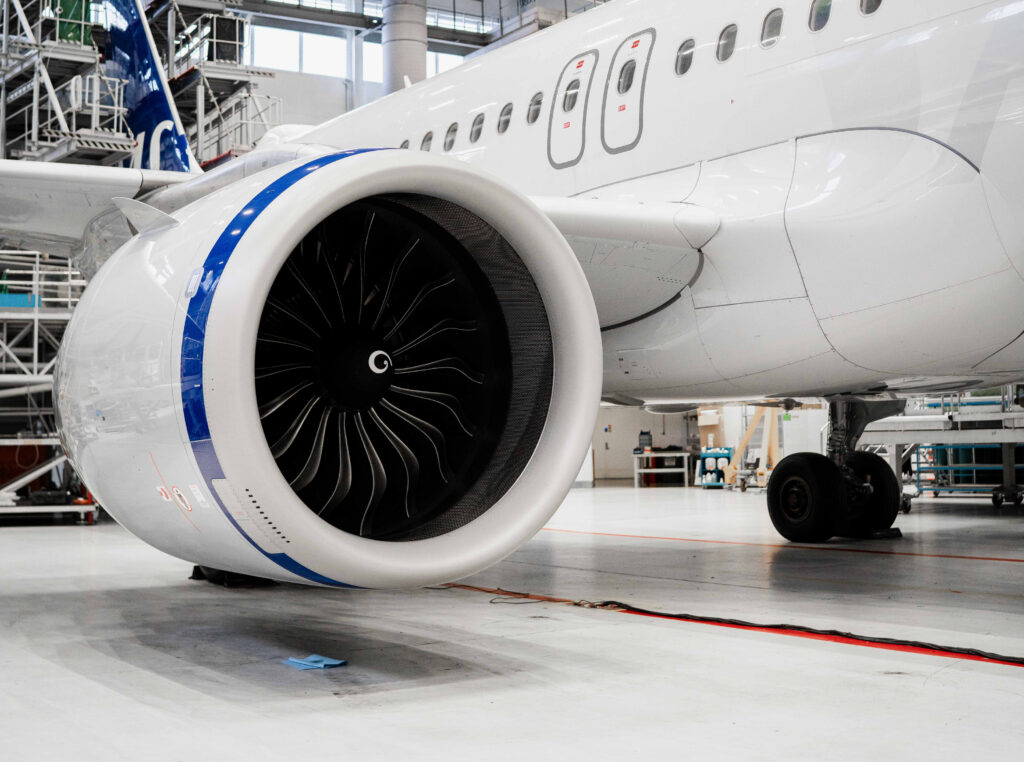
Today’s Maintenance Crisis
A confluence of factors has driven repair costs to unprecedented levels:
- Post-COVID Backlog: Deferred maintenance during the pandemic created pent-up demand, with MRO facilities now facing a 20-30% surge in workloads.
- Spare Parts Inflation: Prices for critical components like CFM56 hot-section blades have risen 30% since 2019, while fast-moving parts (e.g., fan blades) doubled in cost since 2020.
- Labor Shortages: The aviation technician gap is expected to hit 18% by 2030, exacerbated by retiring experts and stalled training programs during COVID.
- Teardown Decline: Part harvesting from retired aircraft has plummeted to 5x below pre-2020 levels, intensifying used-serviceable-material (USM) shortages.
Market Ripple Effects
The reliance on older engines has skewed MRO economics:
- CFM56 Overhaul Demand: Despite being phased out, CFM56 engines still dominate MRO shop visits, with repair costs up 50-75% since 2019.
- OEM Priorities: Manufacturers prioritize next-gen engine support, leaving fewer resources for legacy models. Pratt & Whitney, for instance, allocated 70% of its 2024 R&D budget to GTF improvements.
- Regional Disparities: North America leads narrow-body engine adoption (40% market share), while the Middle East and Africa show the fastest growth (9% CAGR), driven by fleet expansions.
Navigating the Transition
Industry players are adopting dual strategies:
- Investing in New Tech: MROs like Magnetic Engines are retrofitting facilities for LEAP engines, anticipating a 9.3% CAGR in narrow-body engine demand through 2030.
- Extending Legacy Support: With 70% of global fleets still using CFM56/V2500 engines, short-term revenue hinges on maintaining older systems despite rising costs.
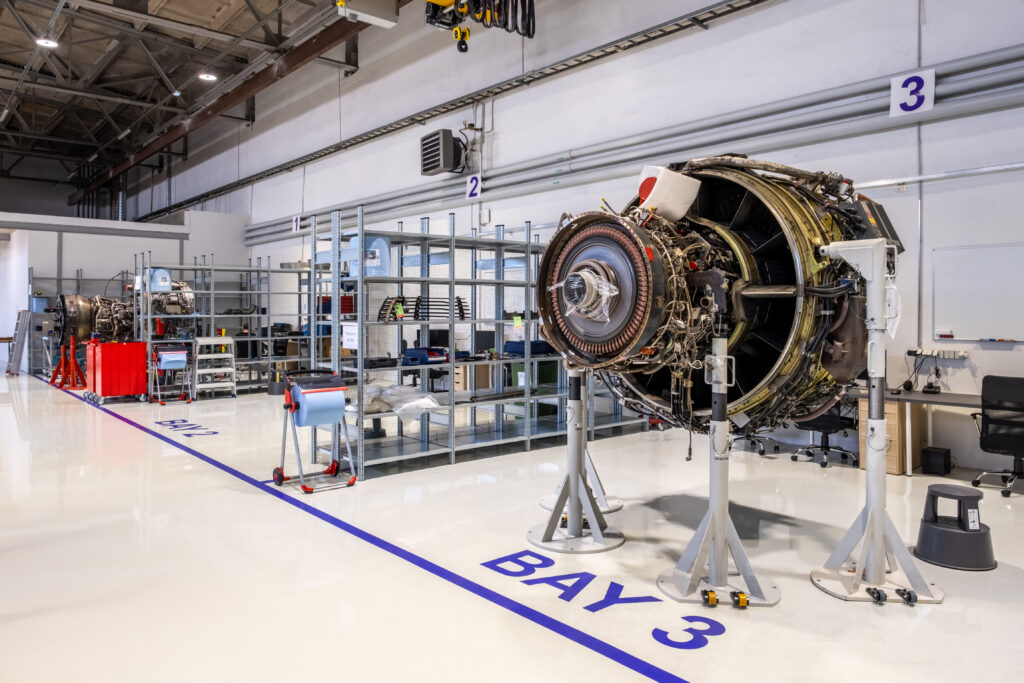
The Road to Stabilization
While the market is unlikely to return to pre-2019 norms before 2028, key trends will shape its evolution.
- Sustainable Aviation: OEMs are accelerating R&D into hybrid-electric and hydrogen-compatible engines, with 45% of new projects focusing on decarbonization.
- Labor Innovations: VR-based training programs and AI-driven diagnostics aim to offset the technician shortage, potentially reducing maintenance delays by 15-20% by 2026.
- Supply Chain Resilience: Regional MRO hubs in Asia and the Middle East are emerging to bypass global logistics bottlenecks and target a 25% reduction in parts lead times.
As the industry weathers this transition, adaptability will separate leaders from laggards. Those balancing legacy engine expertise with next-gen capabilities-while embracing automation and sustainable practices-are poised to capture a share of the projected $81.2 billion aircraft engine market by 2034.


 go back
go back

